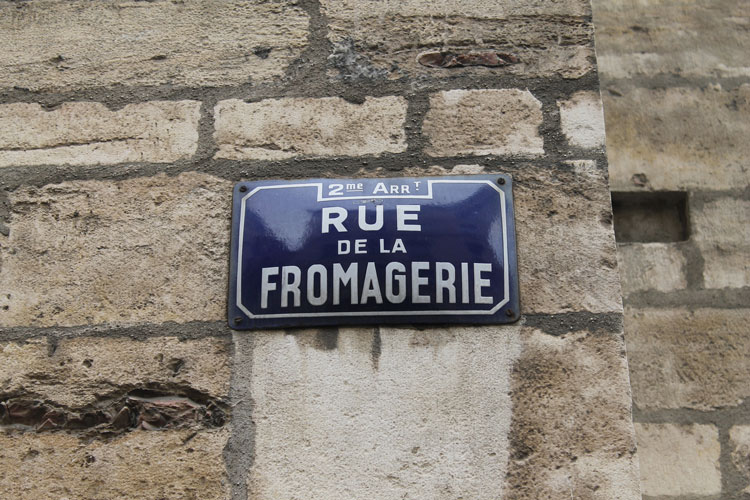What graphic design looked like before it was ‘invented’
The term “graphic designer” was first coined by American typographer William Dwiggins in 1922 – but what interpretations existed before this? We ask designers to tell us about pre-20th century graphic design relics.

“The purpose of graphic design is to communicate information in a distilled form – most people agree that it is the type of design that communicates an idea or experience through a mix of visual and textual content. For me it’s a sort of magical collage that, when designed so that all the elements work in harmony, they conjure something, like a time or place, a feeling or an idea.
My favourite piece of pre-20th century graphic design is an Arabic and Berber symbol, the hamsa. The five fingers of the hand symbolise the five pillars of Islam, or ‘khamsah’, which is also the Arabic word for five. The fish is a good luck charm. These symbols are typically painted on the outside of houses to ward off evil and protect the home.”



“Whenever I’m in France, the 19th century street signs are always really mesmerising to me. There’s something about the texture of the enamel plate, the deep, rich cobalt blue, and the stark, white lettering. The patina – the layer that forms on metal after years of ageing – and the appearance of these street signs make them a classic for me. In terms of graphic design, who wouldn’t want their street sign to look like this?”


“During my final year at university, a student brief led me to have an obsession with the design of Victorian nursery rhymes. I was intrigued by the fact that these ornate, intricate designs, with their beautiful and decorative drop-caps and dainty pen and ink illustrations, were actually hiding some very sinister tales; from the worrying story of poor Little Polly Flinders who got whipped for dirtying her shoes in the cinders to the disturbing Oranges and Lemons that ends with the chopping off of a head. Interestingly, looking further into the history of these not so child-friendly rhymes I discovered that they often had hidden meanings, disguising tales of political and religious upheaval. I found that fact almost as fascinating as the typography.”

“For me, it’s the flag of France, the Tricolore. I love the design of flags and their amazingly strong recognition and symbolism. They are appropriated and misappropriated but somehow they try to represent an entire nation.
A pure combination of Pantone’s Reflex Blue, Safe White and Red 032, the three colours are said to represent liberté (freedom, blue), égalité (equality, white), and fraternité (brotherhood, red). I wish someone would ask me to design one.”


“If you’re ever in King’s Cross, you should drop into the British Library. On floor one, you’ll find the Philatelic Collections, which host an amazing display of pre-20th century graphic design. There are about eight million stamps, including an incredible set that is almost fluorescent. They look cool, contemporary, and beautifully detailed, like they were designed yesterday.
But my favourite pre-20th century graphic design is carved in stone. I once travelled to Patara in southern Turkey, where I met some local archaeologists who had been excavating the ancient city.
In their unguarded site, I got a close look at blocks of stone carved with Greek text, later used as bricks by the Lycians, and then again by the Romans. There are roads, baths, graves, homes and amphitheatres, all reunited with the Turkish sunlight after thousands of years. Among all this wonder is a timeless part of any city: a questionable sign pointing the way to the local brothel, pictured below. Incidentally, Patara is also where Saint Nicholas was born – Merry Christmas.”

What’s your favourite example of pre-20th century graphic design? Let us know in the comments section below. Read about a new exhibition on graphics from the Medieval era here.





Unquestionably, the most incredible and ‘first’ graphic design, all about identity are the 30 000 year old Chauvet cave hand prints in France and the 40 000 year old ones in Cantabria Spain. The very first visual identity of a group of people.